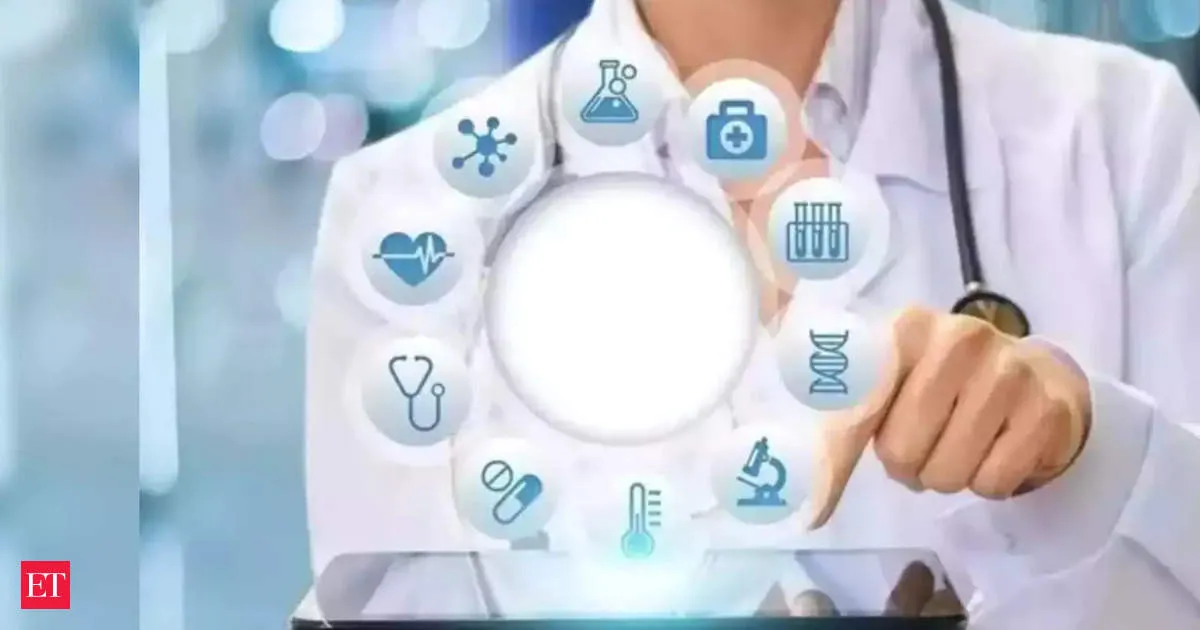Addressing the Healthcare Divide in India with Technology and Human-Centric Solutions

Understanding the Healthcare Divide in India
India's healthcare system faces a significant challenge. Despite rapid advancements in medical technology, the deep-rooted healthcare divide in the country cannot be bridged by technology alone. While tech solutions like telemedicine, AI-driven diagnostics, and mobile health apps have made headlines, they address only part of the issue. The real obstacles lie much deeper.
Infrastructure and Human Resources: The Missing Pieces
The solution to India's vast healthcare gap lies not solely in technology but in a broader, more human-centric approach. Healthcare innovation is not just about technology; it's about creating solutions that serve the most vulnerable and underserved populations, leading healthcare industrialist and philanthropist Prakash Hinduja said.
India's healthcare infrastructure, particularly in rural areas, is woefully underdeveloped. With a large portion of the population still living in villages, access to basic medical services remains a major hurdle. Many regions have poor or non-existent hospital facilities, leaving millions without timely treatment. Technology might help people consult with doctors remotely, but without adequate infrastructure—clinics, hospitals, or trained staff—even the best digital tools fall short.
Prakash Hinduja points out that while urban centers boast modern hospitals and specialist care, over 65% of India's population resides in rural areas with limited healthcare facilities. This disparity is even more pronounced for marginalized communities, including Scheduled Castes (SCs), Scheduled Tribes (STs), and women, who face additional barriers due to socio-economic factors, lack of infrastructure, and geographical isolation.
Shortage of Healthcare Professionals
Further complicating the issue is the shortage of healthcare professionals. India has a doctor-to-patient ratio far below the recommended standards of the World Health Organization (WHO). The urban-rural divide in healthcare professionals is stark. While cities may have modern hospitals and specialized doctors, rural areas often lack even general practitioners. Digital platforms may offer some support, but they cannot replace the hands-on care provided by a trained healthcare professional.
Through programs like telemedicine and mobile clinics, we can not only improve access to healthcare but also build trust within rural communities, Prakash Hinduja said. He emphasizes the importance of human interaction and the role of healthcare providers in fostering a sense of care and compassion.
Affordability and Awareness
Another critical challenge is the affordability of healthcare. While technology might make some services cheaper, advanced treatments and medicines remain out of reach for many due to high costs. Moreover, health literacy remains a significant issue. Many people in rural and underprivileged areas are not aware of the health services they are entitled to or how to access them. The digital divide further worsens this issue, as not everyone has access to smartphones or the internet, especially in rural India.
Addressing the Root of the Problem
The healthcare gap in India is not just a technological issue; it's a social and economic one. To bridge this gap, the country must invest in improving healthcare infrastructure, training more medical professionals, and ensuring that healthcare is affordable and accessible to all. Public health campaigns focused on raising awareness, especially in rural and underserved areas, are equally crucial.
Technology will continue to play a valuable role in healthcare, but it is only part of the solution. Without addressing the deeper, structural issues, the vast healthcare gap in India will persist.
Disclaimer: The information provided on this site is for informational purposes only and is not intended as medical advice. We are not responsible for any actions taken based on the content of this site. Always consult a qualified healthcare provider for medical advice, diagnosis, and treatment. We source our news from reputable sources and provide links to the original articles. We do not endorse or assume responsibility for the accuracy of the information contained in external sources.
This article was prepared using information from open sources in accordance with the principles of Ethical Policy. The editorial team is not responsible for absolute accuracy, as it relies on data from the sources referenced.